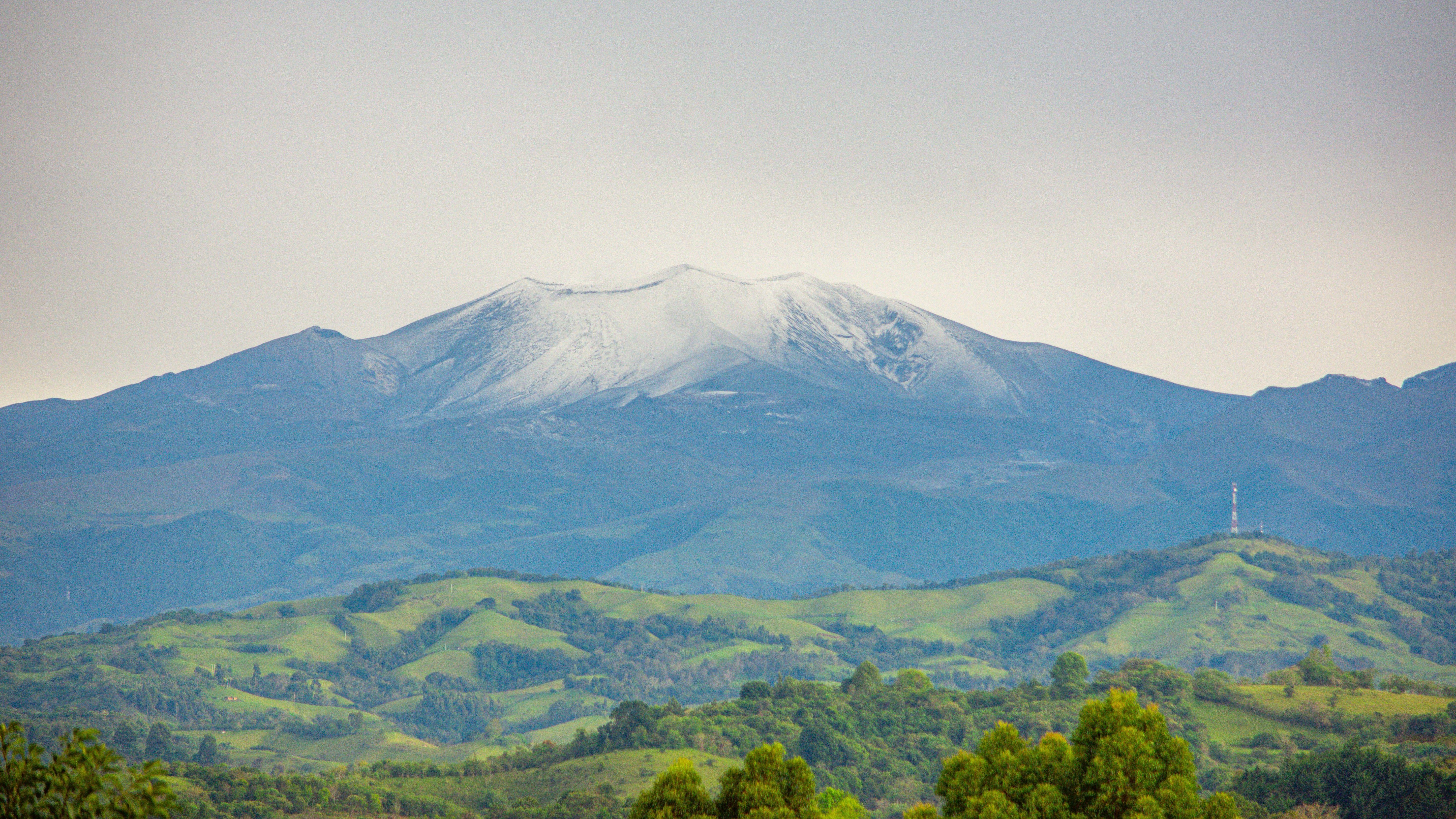In Photos: Paleolakes Dot 'Green Arabia'
Excavating an ancient lake
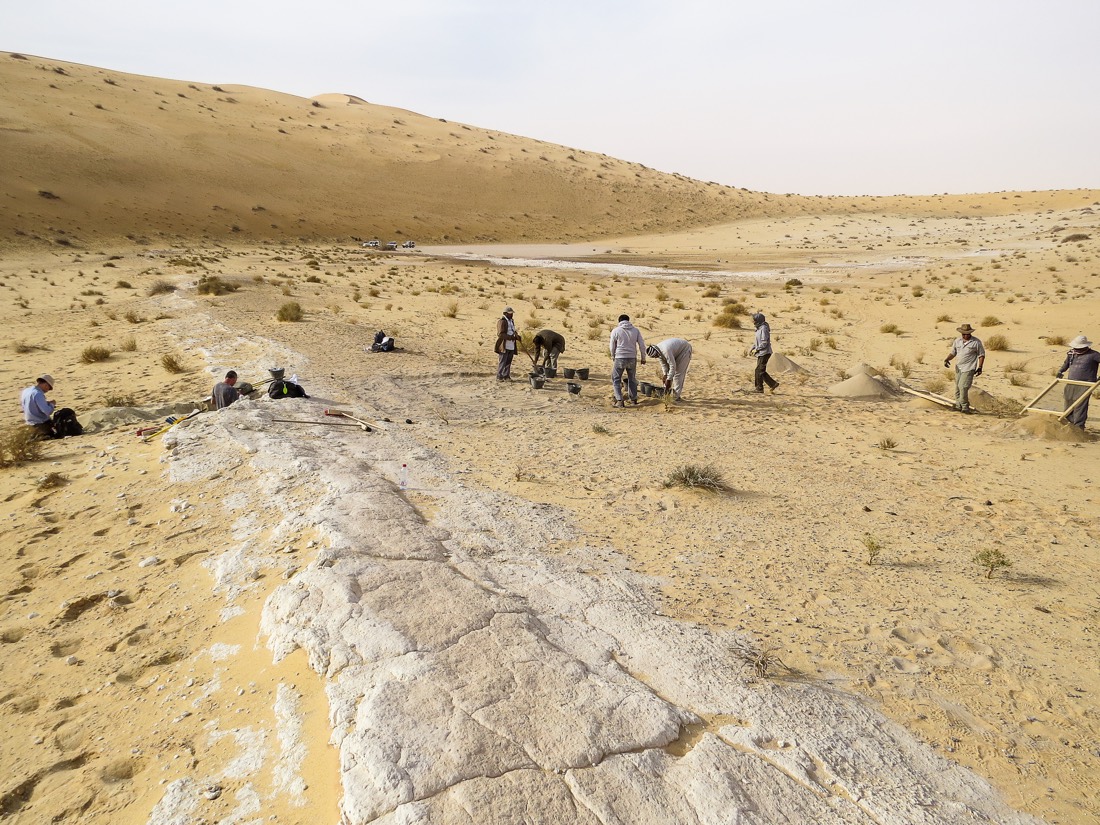
The remains of hundreds of ancient lakes were discovered in the Nefud Desert in what is now Saudi Arabia. Scientists excavated the sediments of some of these lakes to figure out their age and to reconstruct how the environment has changed over time.
[Read full story on 'Green Arabia']
Surveying a desert
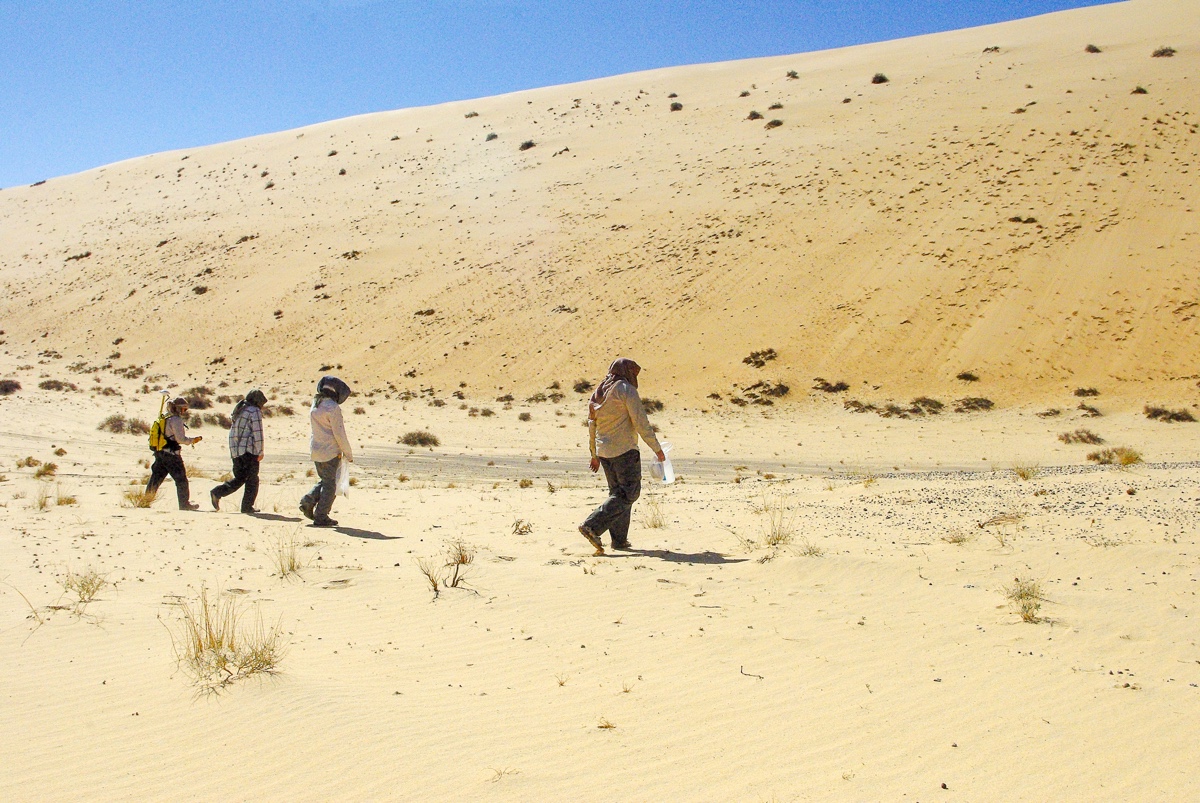
Here, a survey of a section of the western Nefud desert is in progress.
Stone tools
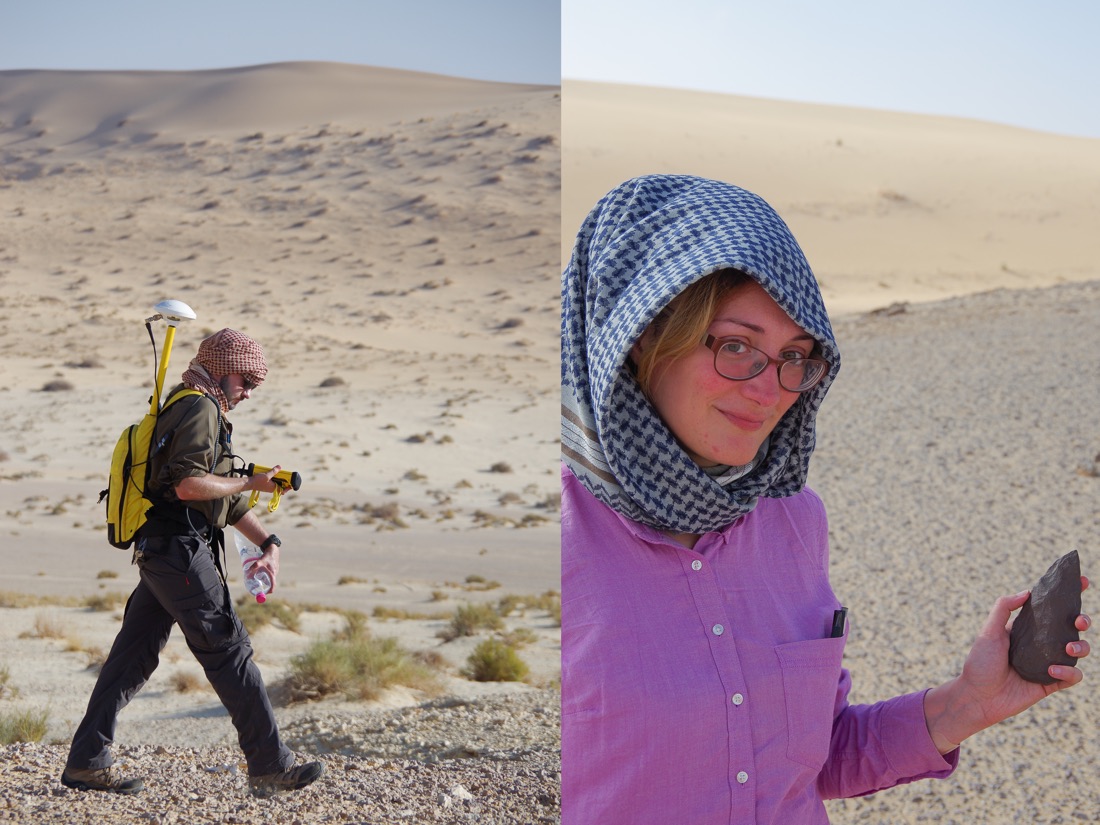
The researchers used GPS to survey a section of the western Nefud (left), looking for paleolakes as well as any fossils. They also found stone tools (right) near the remains of the ancient lakes; some of these tools date to the Lower Paleolithic period, from 1.8 million to 250,000 years ago.
Animal fossils
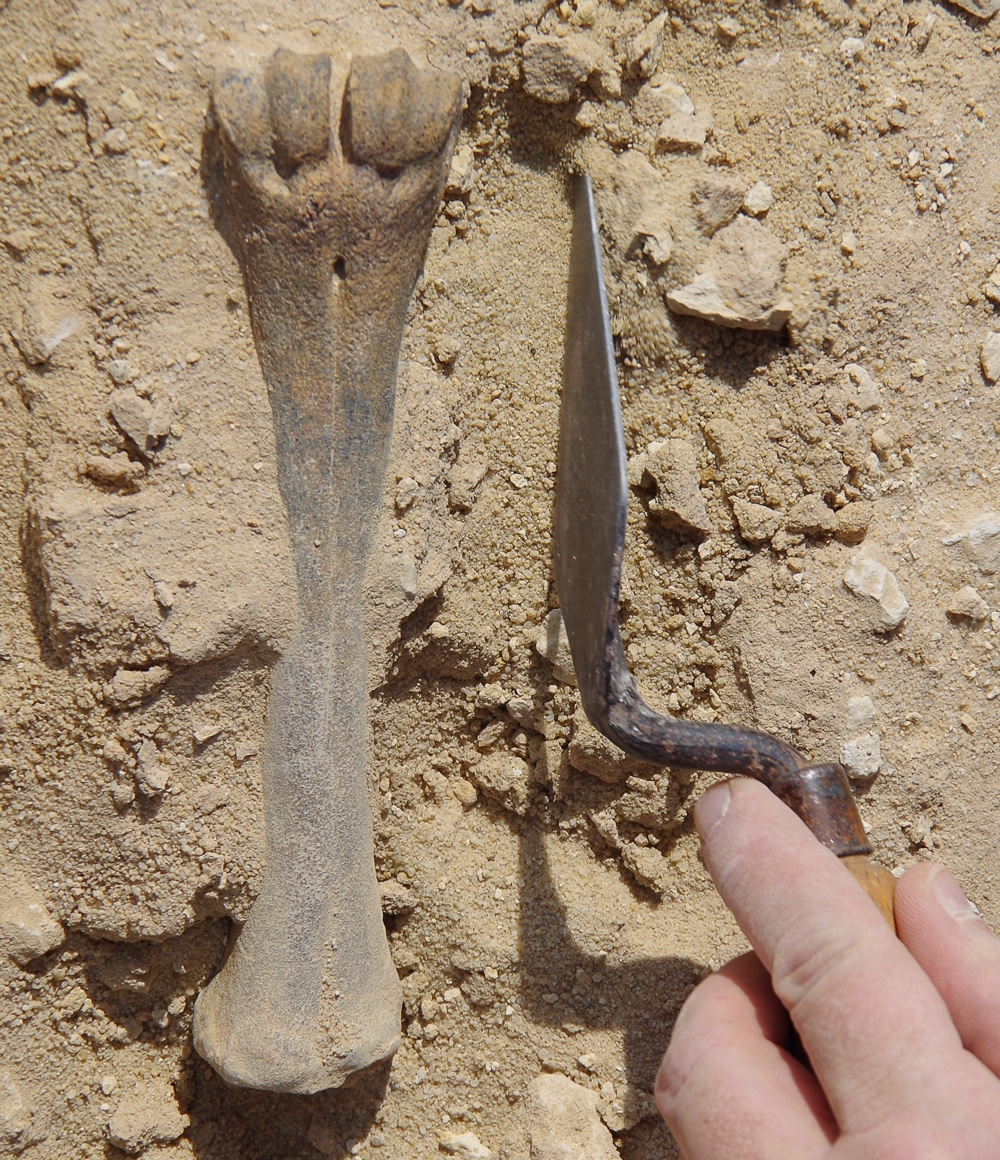
The researchers found various fossils near the ancient lake remains. Those fossils included those from now-extinct forms of jaguar and elephant.
Ancient lakes
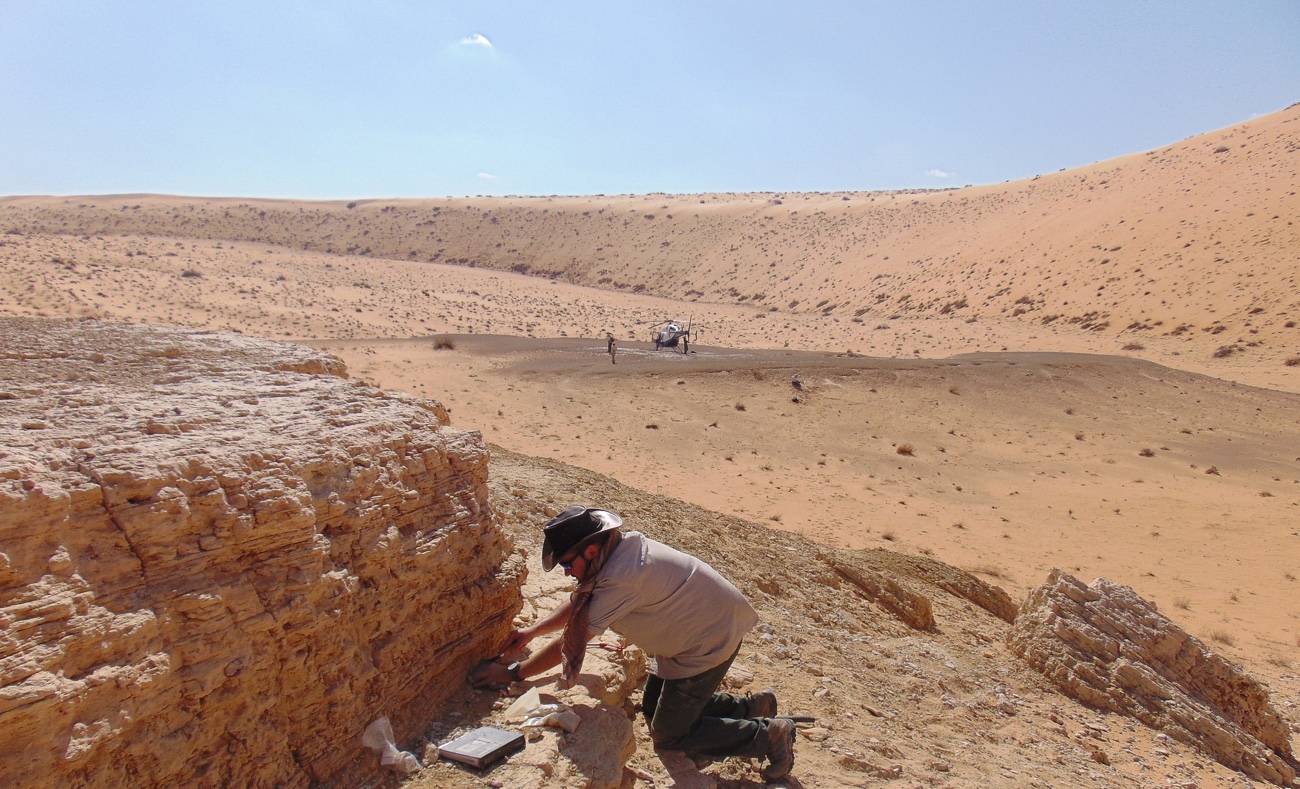
Today, the Nefud desert is arid, receiving between 1.2 inches and 3.5 inches (30-90 millimeters) of rainfall a year; however, in the past, it was wetter and supported hundreds of ancient lakes. This photo shows one of those ancient lakes being recorded.
Between dunes

The Nefud desert today, with palaeolake sediments exposed between dunes. The sediments of an ancient lake can be seen between the dunes in this photograph.
Get the world’s most fascinating discoveries delivered straight to your inbox.
Arabia from above

The Nefud Desert is in northern Arabia, as seen in this satellite image of Arabia, a region that modern-day Saudi Arabia, Yemen, Oman and other Gulf States.

Owen Jarus is a regular contributor to Live Science who writes about archaeology and humans' past. He has also written for The Independent (UK), The Canadian Press (CP) and The Associated Press (AP), among others. Owen has a bachelor of arts degree from the University of Toronto and a journalism degree from Ryerson University.


